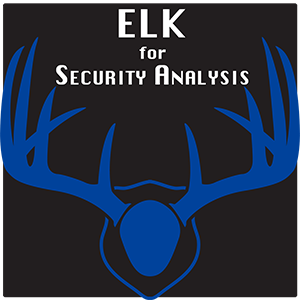
SEC575 will prepare you to effectively evaluate the security of iOS and Android mobile devices, assess and identify flaws in mobile applications, and conduct a mobile device penetration test, which are all critical skills required to protect and defend mobile device deployments. You will learn how to pen test the biggest attack surface in your organization; dive deep into evaluating mobile apps and operating systems and their associated infrastructure; and better defend your organization against the onslaught of mobile device attacks.
SEC575.1: Device Architecture and Application Interaction
SEC575.2: The Stolen Device Threat and Mobile Malware
SEC575.3: Static Application Analysis
SEC575.4: Dynamic Mobile Application Analysis and Manipulation
SEC575.5: Mobile Penetration Testing
SEC575.6: Hands-on Capture-the-Flag Event
SEC575: iOS and Android Application Security Analysis and Penetration Testing






